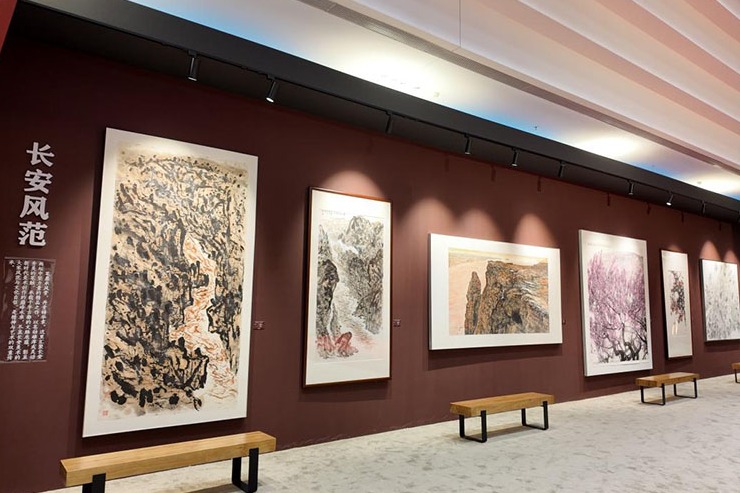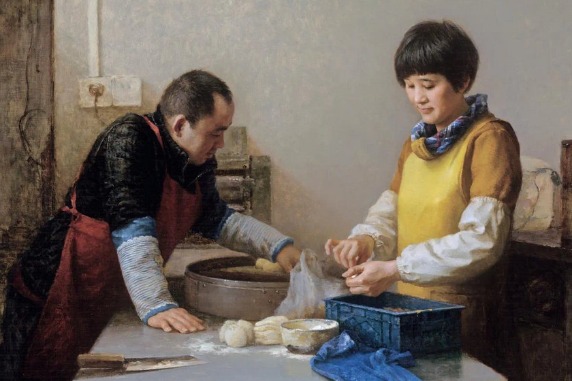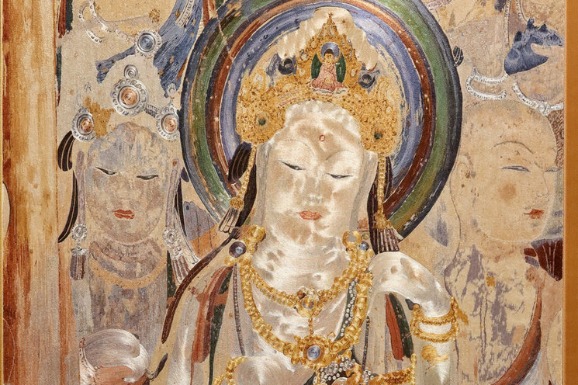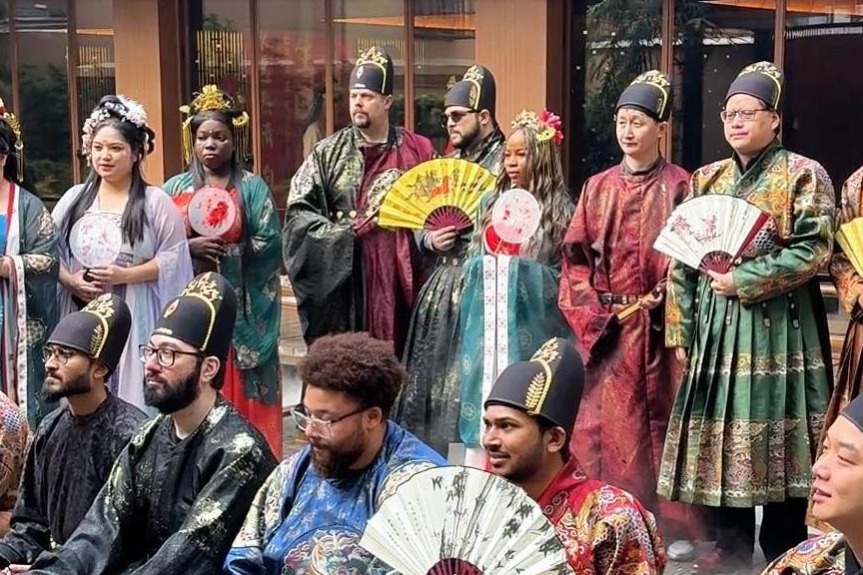Taking snapshots of heritage
History enthusiast records the treasures of the past to give them a wider audience, Yang Yang reports.


The 960-page book contains a total of nearly 2,000 high-definition photos that record 105 ancient ruins, 119 ancient tombs, 612 ancient buildings and 112 grottoes and rock carvings, all taken by the author.
Historical sites derive significance from their authenticity as temporal witnesses. In the book, readers can find 396 photographs documenting monuments since altered, lost, or reshaped by environment. It also includes rarely documented visuals, seldom presented in digital archives, each reflecting Wang's meticulous effort to immortalize heritage while still possible.
"With rich travel experiences and unique insights, the author provides distinctive interpretations for each historical site," says Shi Manlin, the book's editor with Xiyuan Publishing House.
"Not only does she showcase their external appearance, but also presents their historical stories, cultural significance and social value with professional materials.
"This approach allows readers to feel as if they are traveling through time and personally experiencing the changes that these historical sites have witnessed," Shi says.
"Besides, the book also recommends surrounding historical sites that are not at the national level and can be visited along the way," she adds.
Commenting on the book, Shang Heng, researcher from the Beijing Institute of Archaeology, says that if the 5,058 national key cultural relics protection units are considered the essence of Chinese cultural relics, then the 1,001 selected in this book are the cream of the crop.
Growing up at the foot of the Bell and Drum Towers in Beijing, Wang became interested in cultural relics at a young age. In 2000, when she was a sophomore studying human resources management at university, at a friend's invitation, she went to Qingling village in the capital's Changping district, which sits next to the Ming imperial tombs.





































